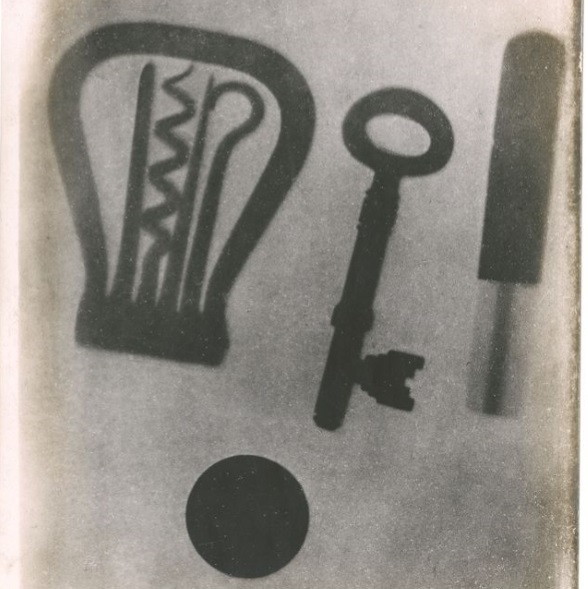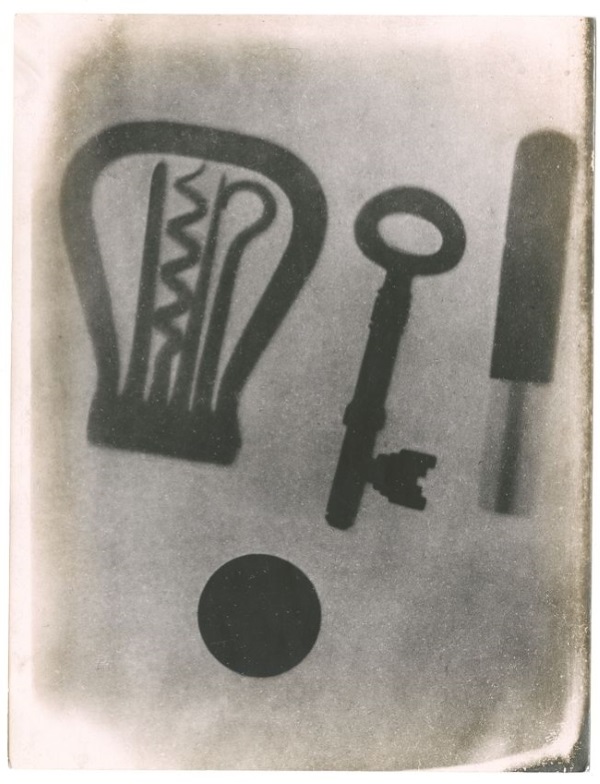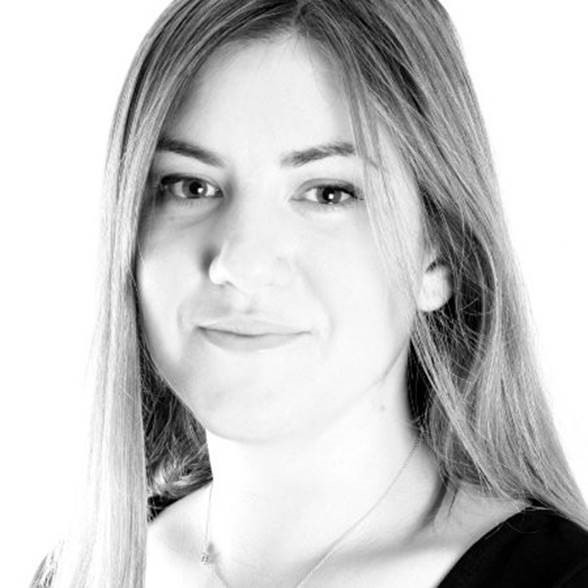During my first weeks at the Royal Society, I was tasked with re-housing the miscellaneous prints. To my delight, I discovered a set of six striking images which I later learnt were among the first X-rays produced in England.

During my first weeks at the Royal Society, I was tasked with re-housing the miscellaneous prints. To my delight, I discovered a set of six striking images which I later learnt were among the first X-rays produced in England.
Printed by Swan Electrical Engraving, these prints are from X-rays created by A A Campbell Swinton in January 1896, following Wilhelm Röntgen’s experiments. Röntgen had first detected X-rays in November 1895, and the discovery spread rapidly because of the immense importance it would have in practical medicine and surgery. It was copied by scientists across the world and, as mentioned in our earlier blog post Shutterbugs, was demonstrated by Swinton at the Royal Society soirée of 6 May 1896.

X-ray photograph of objects in a calico pocket, including a folding corkscrew, key and coin, by A A Campbell Swinton, 1896.
These early X-rays by Swinton show him experimenting with hidden objects, such as coins in purses and metal objects in calico pouches. Like photograms, the resulting image is revealed as a shadowy trace and this quality makes them beautiful images in their own right.
The Science Museum’s current Revelations exhibition, which explores the influence of early scientific photography on modern and contemporary art, includes a later photograph by Swinton of electrical discharge, and it is clear that Swinton had an eye for a good image. You can view the full set of X-ray on our Picture Library website (search for ‘Swinton’), where you can also license copies for reproduction.

